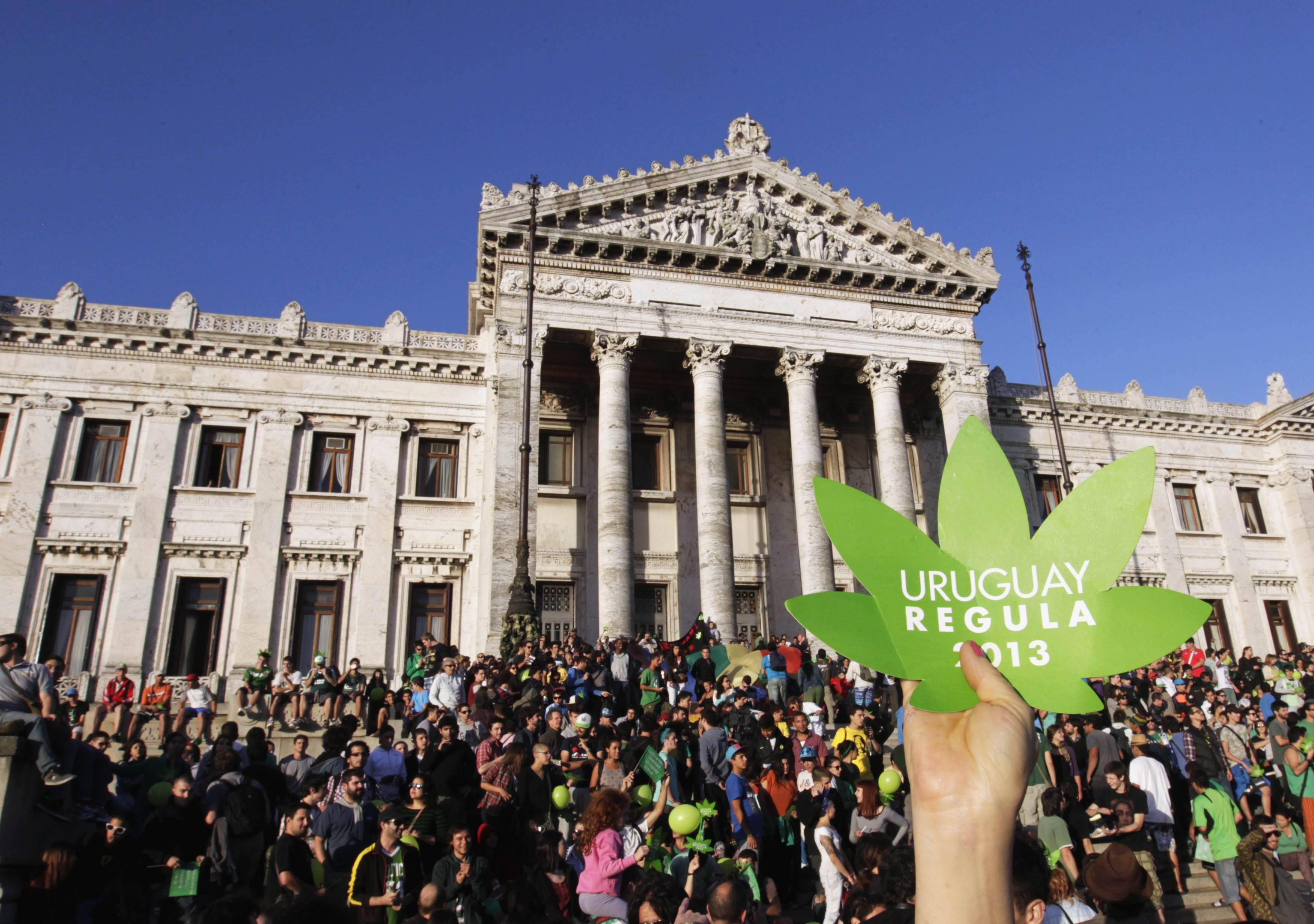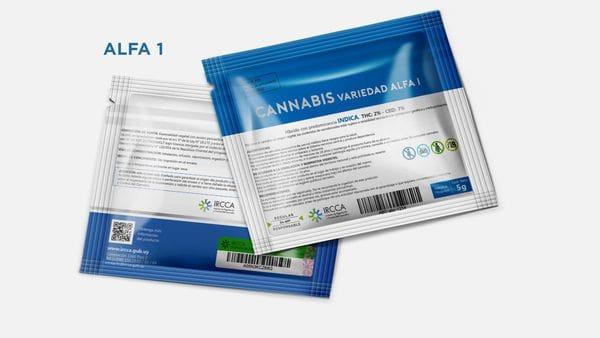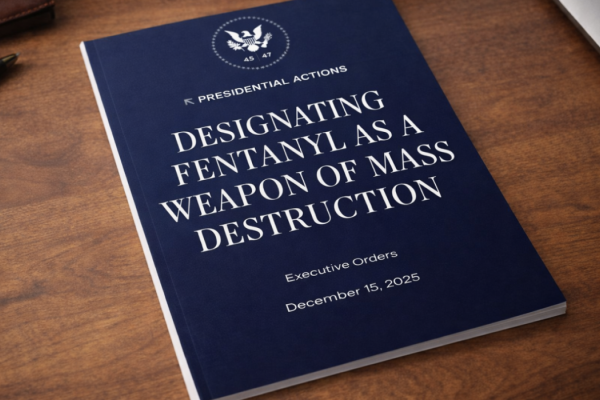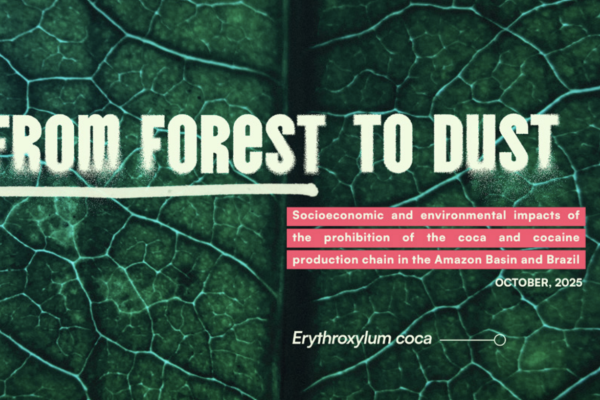20th November 2018

This week (July 19 2017), Uruguay became the first country in the world to introduce a nationwide legally regulated retail market for the production and supply of cannabis for non-medical use, and it intends to set a good example. The government’s plans are motivated by concerns over insecurity and public safety, and are therefore aimed at reducing criminality and violence by depriving organised crime groups of control of the cannabis market. Policy makers do not want a free-for-all, so the market will be strictly regulated, with very limited commercial involvement. Initially, just two companies will produce the cannabis, to sell through licensed pharmacies, to registered over-18 Uruguayan residents – and all promotion is banned. There is also scope for cultivation at home, and as part of non-profit cannabis social clubs, which also avoid the pitfalls associated with a commercialised market.
Background
In December 2013, Uruguay passed a bill to establish a legally regulated market for cannabis.1 It is the first national market of its kind anywhere in the world and has taken over two years to become operational; while similar, state-level cannabis markets have been established in several US states, no other country has legalised cannabis for both medical and non-medical use nationwide.
The market being established in Uruguay differs from those in the US in other important ways. The US reforms were the result of ballot measures approved by popular vote, but in Uruguay, the government itself was the primary catalyst for change. In fact, according to a 2013 poll, only a minority of Uruguayan citizens – 28% – support legalising cannabis for non-medical use (although support for medical use is much higher). This figure did increase by around 4% once the details of the government’s plans were publicised,2 and polling data from 2014 showed support had increased to 33.6%.3
The government’s plans were motivated primarily by concerns about crime, insecurity and public safety – its rationale being that a legal cannabis market will reclaim most of the trade from organised crime groups and subsequently reduce rates of violence.4 An additional stated aim is to separate the market for cannabis from the markets for riskier drugs such as powder cocaine and ‘pasta base’, a form of smoked cocaine paste widely used in South America.5
Cautious regulation
Uruguay is taking a cautious approach in its attempt to achieve these goals. Policymakers are clear that they do not want to create a “free-for-all”; they envisage a cannabis trade that is strictly and responsibly regulated.6 The new market will therefore be relatively restrictive – at least compared to the nascent markets in the US.7 22 companies bid for the right to cultivate the cannabis that will supply the market, and in October 2015, the Uruguayan government awarded cultivation licenses to two businesses.8 Retail sales of the drug will be managed by licensed and regulated pharmacies only.
The task of regulating will be carried out by the newly established Institute for the Regulation and Control of Cannabis (IRCCA), which will closely oversee all aspects of the market.
Products
Some of the details of Uruguay’s regulatory model are still being developed, but at this initial stage, two types of herbal cannabis will be made legally available for purchase,9 with a relatively low potency 2% THC (at 5 and 7% CBD) - other higher potency products will be introduced at a later date. The cannabis will be sold in plain, unbranded packaging, and retail prices will be set by the IRCCA at $6.50 for each five-gram (0.18oz) sealed packets, which is just below current illicit-market rates (although prices will be higher for future higher-potency varieties).10 Cannabis edibles or other cannabis-infused products will not be available for retail sale.

Restricting consumption levels
The IRCCA will also maintain an anonymised national registry of cannabis users, in order to track purchasing patterns and limit sales to 40 grams per user per month (10 grams per week). 5000 have registered so far. This is intended to moderate use and minimise the risk that legal cannabis will be diverted for sale on the illegal market. Only Uruguayan citizens and residents aged 18 or older will be accepted in the registry. At the point of sale, they will have to provide a fingerprint scan to identify themselves as registered purchasers.
Throughout the market, Uruguay will enforce a ban on all forms of cannabis advertising, promotion and sponsorship, a measure that is both politically and practically difficult in the US, due to laws guaranteeing so-called “commercial free speech”.11 The possession of cannabis has never been criminalised in Uruguay, and illicit cannabis has long been cheap and readily available, so there is unlikely to be any significant impact on use from reduced user-level deterrence or regulated supply.
The main identified risk has been commercial promotion. As the history of alcohol and tobacco regulation has shown, when legal drugs are aggressively promoted by profit-seeking businesses, public health concerns are invariably marginalised. Uruguay’s cannabis regulations have been specifically designed to mitigate any potential health risks of over-commercialisation following legalisation.12 Specifically, the marketing ban, combined with the limited involvement of private companies and strict government oversight, should go some way toward preventing market-led increases in cannabis consumption or the initiation of new users.
Medical, personal and social club cultivation and use
In addition to a regulated retail market, Uruguay’s new law includes provisions for three other forms of legal cannabis supply. There will be a system to provide medical users with access to the drug, as well as the option for any adult user to either cultivate cannabis in their own home or join a club that will cultivate it on their behalf. Licensed home-growers can cultivate up to six cannabis plants per household, with the cannabis clubs – which must have between 15 and 45 members – restricted to 99 plants. At the time of writing, over 4,500 people had registered as home-growers and 14 cannabis clubs had been officially recognised.13 With both these forms of supply, individual users can harvest no more than 480 grams of cannabis per year – the same as the annual limit on retail sales.
A pioneering system
While some may argue that Uruguay’s cannabis regulations are unduly restrictive, it is worth reiterating the context in which these reforms are taking place. This is the first ever nationwide regulatory system for the production and supply of cannabis - and the government has been under pressure from neighboughing countries around issues of cross-border transit of the newly legal products. Given that the eyes of the world will be upon Uruguay as it rolls out its pioneering system, proceeding with caution is probably wise. The system will therefore be closely evaluated, and the government has pledged to keep it under review; wuith a view to relaxing certain controls once bedded in.
The fact that Uruguay will regulate cannabis more strictly than alcohol and tobacco may strike some as being unfair, especially in light of the relative health harms of the three drugs. But it is perhaps more useful to view cannabis regulation as an opportunity to demonstrate best practice in drug control. And by choosing to responsibly regulate what is, after all, still a risky substance, it is clear that Uruguay intends to set a good example.
References
- 1. Castaldi, M. and Llambias, F. (2013) ‘Uruguay becomes first country to legalize marijuana trade, Reuters, 10.12.13. http://www.reuters.com/article/us-uruguay-marijuana-vote-idUSBRE9BA01520131211
- Ramsey, G. (2013) ‘Uruguay Marijuana Polls Good News for Regional Proponents’, InSight Crime, 10.09.13. http://www.insightcrime.org/news-analysis/poll-shows-slight-jump-in-support-for-uruguay-marijuana-bill
- ‘Americas Barometer: Topical Brief – (25.03.2015) ‘Uruguayans are Skeptical as the Country Becomes the First to Regulate the Marijuana Market’ USAID https://drugpolicydebateradar.files.wordpress.com/2015/03/americasbarometer.pdf
- Planas, R. (2014) ‘Legalizing weed is “a security issue”, says Uruguayan president’, The Huffington Post, 21.08.14. http://www.huffingtonpost.com/2014/08/21/mujica-weed-security-_n_5698413.html
- Davies, J. and De Deken, J. (2013) ‘The architect of Uruguay’s marijuana legalization speaks out’, reason.com, 15.12.13. https://reason.com/archives/2013/12/15/the-architect-of-uruguays-marijuana-lega/1
- Romo, R. (2014) ‘New rules in Uruguay create a legal marijuana market’, CNN, 07.05.14. http://edition.cnn.com/2014/05/06/world/americas/uruguay-marijuana-rules/
- Pardo, B. (2014) ‘Cannabis policy in the Americas: A comparative analysis of Colorado, Washington and Uruguay’, International Journal of Drug Policy, vol. 25, no. 4, pp. 727-735. http://www.ijdp.org/article/S0955-3959%2814%2900139-X/abstract?cc=y
- Ramsey, G. and Walsh, J. (2015) ‘Uruguay’s big step toward regulating its cannabis market’, Washington Office on Latin America, 02.10.15.http://www.wola.org/commentary/uruguay_s_big_step_toward_regulating_the_cannabis_market
- Castaldi, M. (2015) ‘Three types of marijuana to hit Uruguayan pharmacies in 2016’, Reuters, 05.12.15. http://www.reuters.com/article/us-uruguay-marijuana-idUSKBN0TO0R620151205
- Ibid.
- Gostin, L.O. (2002) ‘Corporate speech and the constitution’, American Journal of Public Health, vol. 92, no. 3, pp. 352-355. http://www.ncbi.nlm.nih.gov/pmc/articles/PMC1447075/
- Room, R. (2014) ‘Cannabis legalization and public health: legal niceties, commercialization and countercultures’, Addiction, vol. 109, no. 3, pp. 358-359. http://onlinelibrary.wiley.com/doi/10.1111/add.12481/full
- Instituto de Regulación y Control del Cannabis (19.04.16) http://www.ircca.gub.uy/




